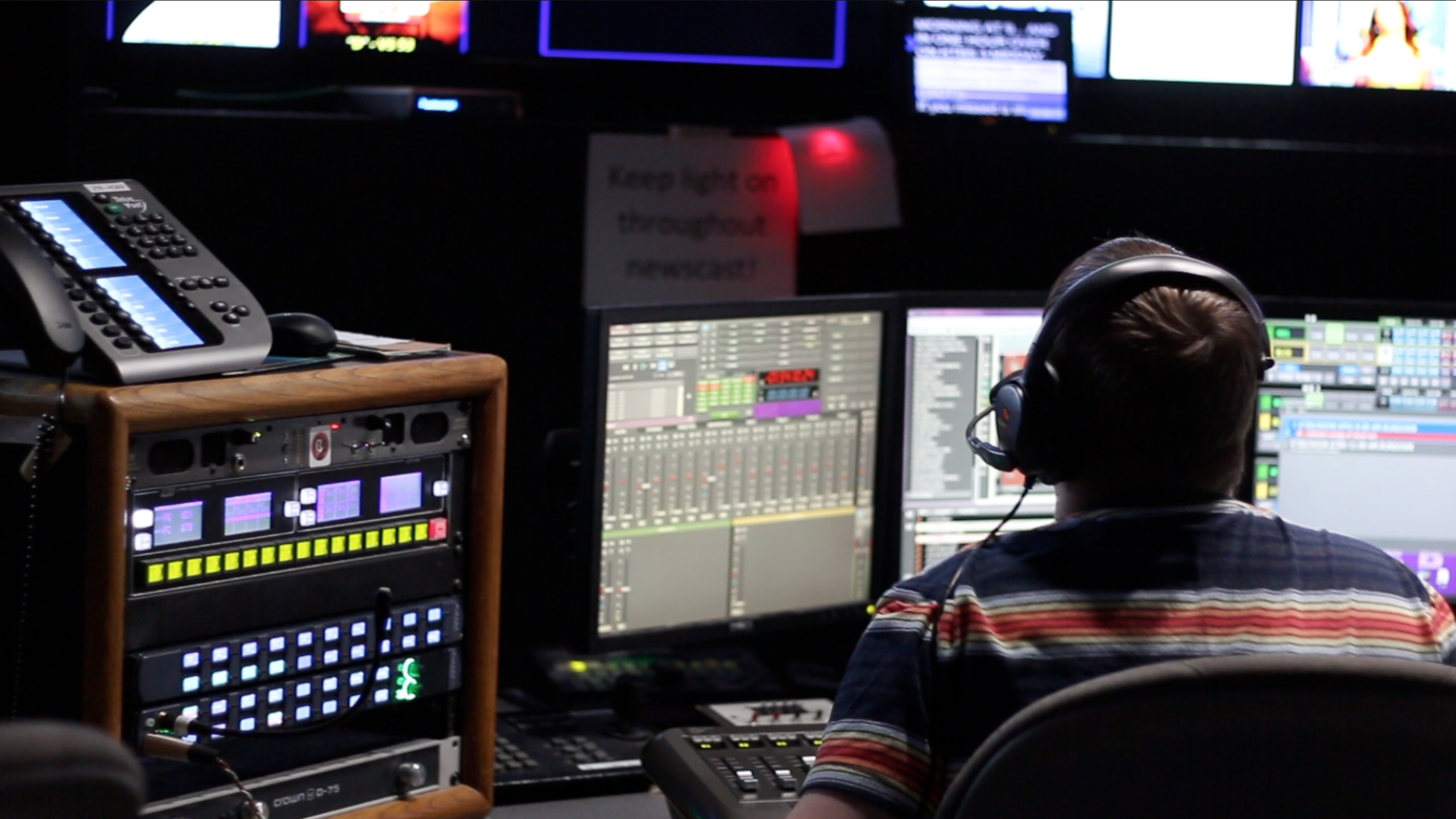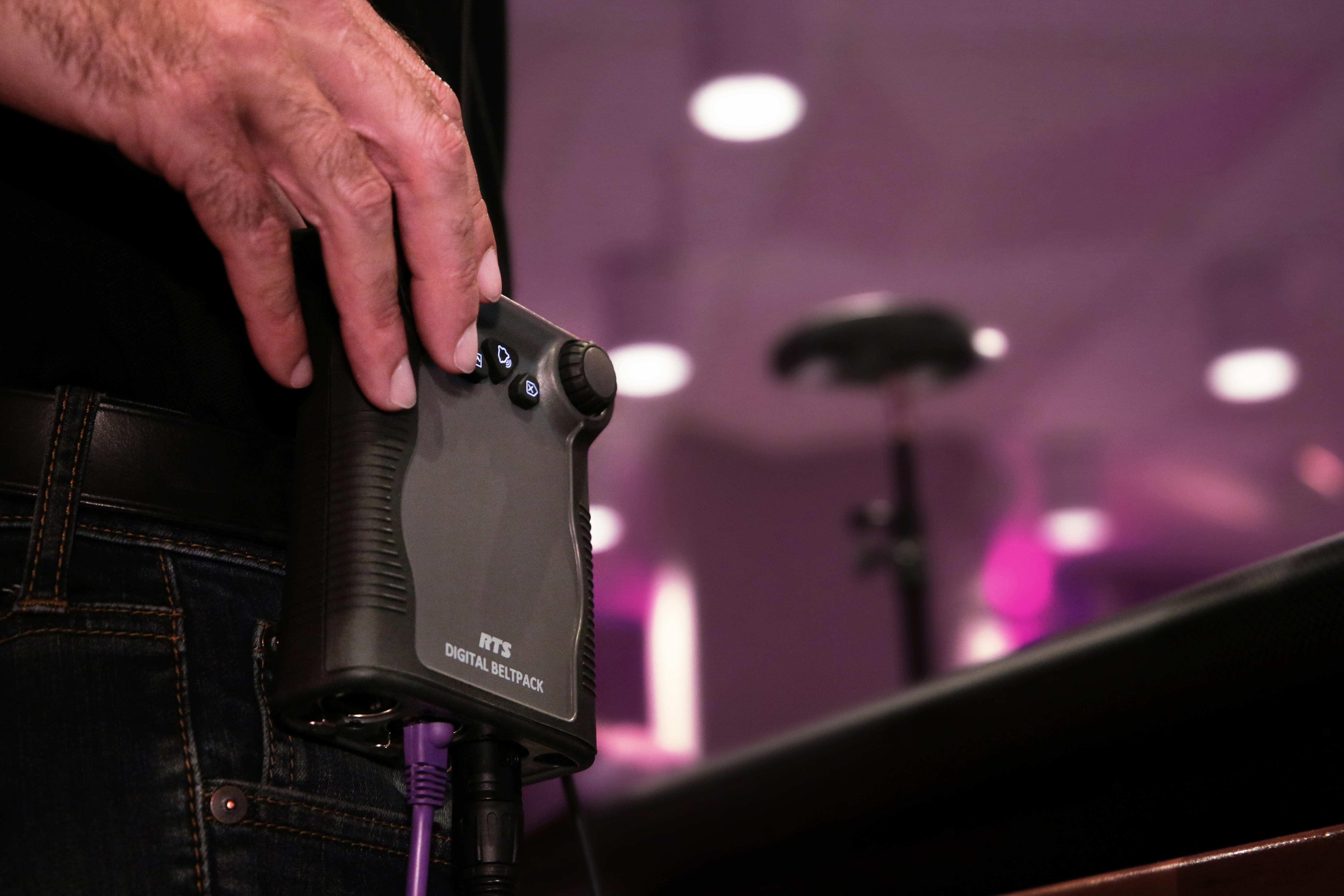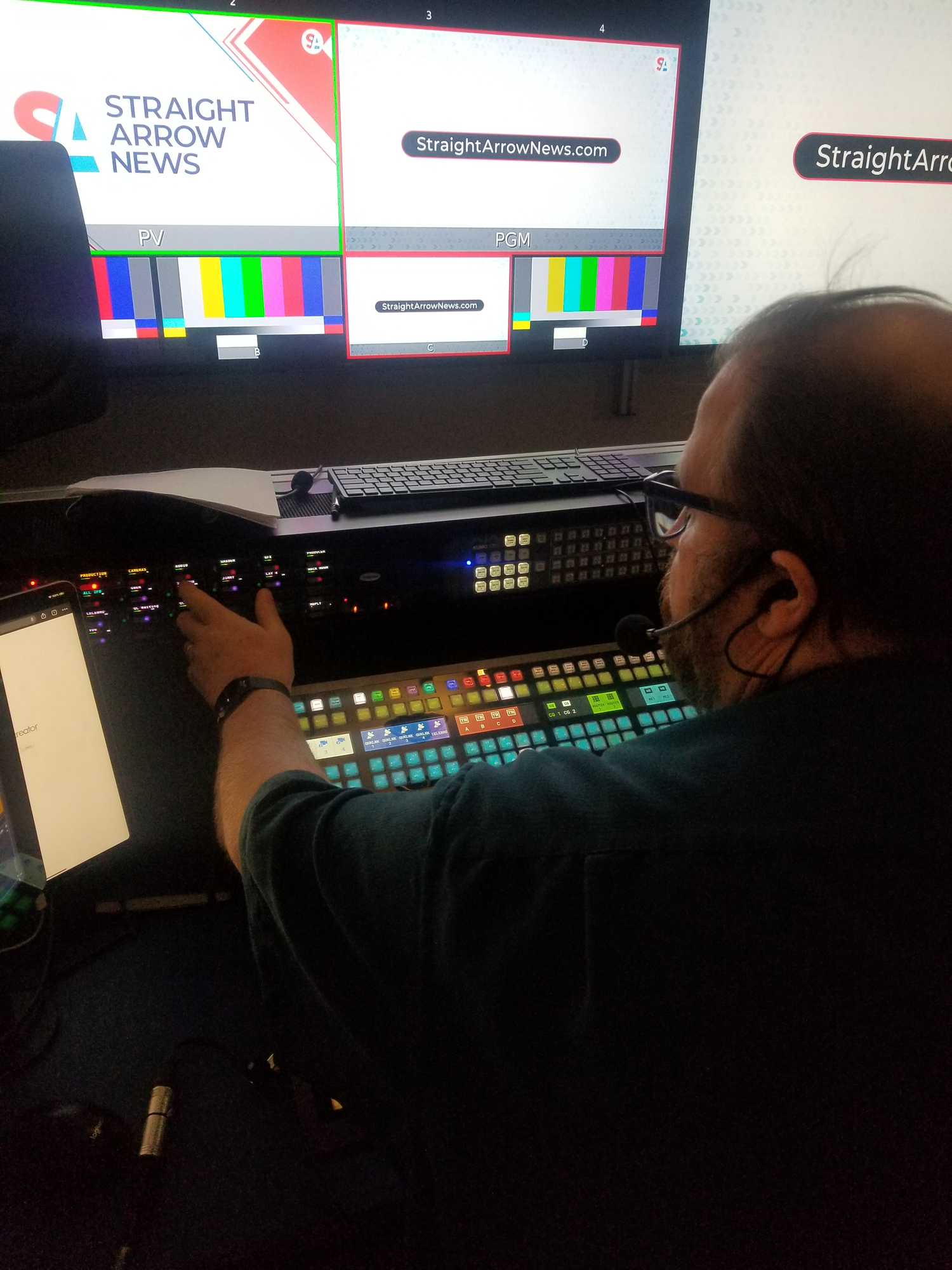Talking Into the Cloud
Are intercoms ready for the transition?

Broadcasting is still behind IT when it comes to cloud adoption but there are parts of media and entertainment—playout and post-production in particular—that have embraced the virtual platform as a way of decentralizing and streamlining operations. The same, however, cannot be said for intercoms, an area that still has high demands in terms of real-time connectivity and is mostly holding on to its established hardware-based methods.
As with so many things in life and work, the pandemic changed the view of many on this point. Among them were several broadcast organizations, says Martin Dyster, vice president of business development for TV at Telos Alliance. "During the last 18 months or so we've found that broadcasters are increasingly looking at cloud and virtual intercom solutions in order to provide an effective means to communicate as they develop new broadcast production workflows," he says.
A 'Waiting Market'
To meet this emerging requirement, Telos introduced the Infinity Virtual Intercom Platform (VIP) in 2020, which, Dyster says, found a "waiting market." VIP can work entirely in the cloud when fully deployed on a VPC (virtual private cloud) platform. This has proved to be a major turnabout for the intercom market, which, despite wireless connections and mobile apps, continues to rely on hardware infrastructures. Because of this, Dyster feels there will continue to be resistance from other manufacturers because working in the cloud does not align with their core businesses.

"You can see a similar reaction within the audio mixing console market where the brands that have led the field in large, medium and small format mixers for decades have not embraced virtualization," he says. "In both the intercom and mixing technology sectors, it seems the door has been left wide open for more agile and forward-thinking companies to bring new products to market that fulfill the needs of broadcasters who are embracing cloud production. I cannot believe it will be long before at least one of the hardware brand leaders in each sector breaks rank and shows their hand."
Telos' Infinity and the Unity system—which is set up online through a web portal and supports a single group of users sharing six party-line channels—are the main intercoms to be fully hosted in the cloud. Among those still adhering to established hardware methodologies for intercom is Pliant Technologies. "Intercom has always been a communications technology for collaborative working group in real time," says vice president of global sales Gary Rosen. "The cloud is really best used [for] non-real time storage and retrieval. It's not really suited for this application."
"When everything is down, the intercom still needs to work."
Nico Lewis, RTS
Live Production Demands
The main objection to using the cloud from traditional, hardware-oriented intercom developers is the potential for a complete loss of communications if something does not work properly.
"When everything is down, the intercom still needs to work," comments Nico Lewis, senior sales manager for EMEA at RTS Intercoms. "Consider a live television show: A camera fails or a microphone fails and the audio operator can't hear the guest. ‘No problem, we'll just tell the technical director to take another camera and the audio operator will ask the stage manager to get a spare microphone to the talent.’
Get the TV Tech Newsletter
The professional video industry's #1 source for news, trends and product and tech information. Sign up below.

“But—'What do you mean, no one can communicate these simple instructions?'” Lewis asks rhetorically. “Intercom is the critical component and therefore we wait [in using the] cloud till the last moment. Or maybe do not do it and keep it connected in our established way using OMNEO [RTS' media networking system]."
Lewis does concede that "the future will tell," about cloud adoption for comms, however Clear-Com sees the eventual move to cloud as unavoidable.

"We have been watching the deployment of new cloud-based production tools with interest and feel that adding comms to these workflows is inevitable," says Kris Koch, business development director for broadcast networks and media production for the company. "The urgent nature of comms, [however], and the need for it to be always available, especially when nothing else is, creates a challenge. It becomes critical to not only deliver the features our customers need through the cloud but also to provide reliability and redundancy so broadcasters can operate independently in times of emergency or technical problems."
At Riedel UK, sales manager Nacho Lee observes that the cloud will "probably" become part of intercom but not yet. "There are still concerns [over] reliability and security," he says. "Most of our clients in education, theater and even broadcast still tend to have an isolated intercom island, separate to their IT network, [which is] mainly for independent control as well as safety reasons."
Gustavo Robles, sales director at AEQ, agrees that there is a lot of talk in the comms market about cloud, saying it is "the future," with the company already working on new units and systems. "Until now we [have been using] VPN [virtual private network] and a dedicated hardware central matrix but the idea is to move far from this and offer the same specifications but totally virtual," he explains.
All or Nothing
In terms of reliability in the cloud, Dyster acknowledges that losing connection to a virtual platform would "leave you without intercom," but adds that if a production was using a wider cloud system, its problems would be bigger than just communications.
"Equally, if you are using remote intercom panels with a matrix-based system and relying on the internet to connect them, losing that connection would also take your comms out," he adds. "AWS provides redundant solutions that safeguard against the former event but, like anything, there could be exceptions where you are vulnerable and AWS has certainly had the odd 'blip.'"
The answer to whether or not the cloud does become part of intercom systems—or the entire infrastructure—could lie in recent history. There was some resistance to audio over IP (AoIP) as the basis for comms but now that is well established. Matrices and traditional party lines have not gone away yet but AoIP, particularly in uncompressed form, is being widely used for intercom, with Dante, AES67 and SMPTE ST 2110-30 providing the backbone for many installations. If the cloud follows a similar route, then its wider-scale adoption seems more likely.
